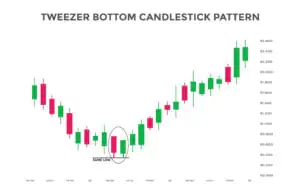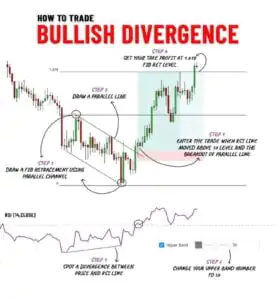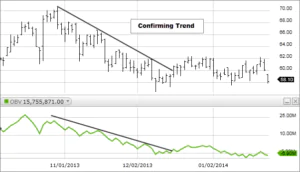Master the Market: How to Use Trend Lines in Trading

Unlocking the Secrets of Trend Lines in Trading
Navigating the complexities of the market can seem daunting, especially when you’re trying to decipher where it might head next. Trend lines, a fundamental tool in technical analysis, offer a beacon of clarity amidst the chaos. Whether you’re a seasoned trader or new to the game, understanding “how to use trend lines in trading” can significantly enhance your strategy. Let’s dive into the art and science of trend lines.
Table of Contents:
- Introduction to Trend Lines
- The Essence of Trend Lines: What They Are and Why They Work
- Drawing Trend Lines: A Step-by-Step Guide
- Strategies for Using Trend Lines in Trading
- Identifying Market Trends
- Entry and Exit Points
- Common Mistakes to Avoid When Using Trend Lines
- Conclusion
The Essence of Trend Lines: What They Are and Why They Work
At their core, trend lines are simple: they connect swing highs or lows to represent the market’s direction. But why do they work? It boils down to market psychology and the balance between supply and demand. By highlighting areas of value, trend lines help traders identify potential market turns and areas of continuation within the broader trend.
Drawing Trend Lines: A Step-by-Step Guide
Mastering trend lines begins with knowing how to draw them correctly. Here’s a simple breakdown:
- In an Uptrend: Connect at least two swing lows. The more points you can connect while maintaining the line’s integrity, the stronger the trend line.
- In a Downtrend: Focus on connecting swing highs. Similar to uptrends, the validity of the trend line increases with the number of connecting points.
Strategies for Using Trend Lines in Trading
Identifying Market Trends: Whether a trend is strong, healthy, or weak, trend lines serve as a visual representation of the market’s direction, enabling traders to adjust their strategies accordingly.
Entry and Exit Points: Trend lines aren’t just for show; they’re practical tools for determining where to enter and exit trades. By observing how prices interact with trend lines, traders can pinpoint high-probability entry points during pullbacks or breakouts and establish clear exit points to maximize profits or minimize losses.
Common Mistakes to Avoid When Using Trend Lines
- Overplotting: Simplicity is key. Too many trend lines can cloud your analysis and lead to indecision.
- Ignoring Context: Trend lines should not be used in isolation. Consider them alongside other indicators and market conditions for a comprehensive view.
- Treating Trend Lines as Infallible: Remember, trend lines are a tool, not a crystal ball. Use them as part of a balanced trading strategy, always prepared for market surprises.
Conclusion
Trend lines are among the most versatile and powerful tools in a trader’s arsenal, offering insights into market sentiment, trend strength, and potential reversal points. By understanding “how to use trend lines in trading,” you can enhance your market analysis, refine your entry and exit strategies, and navigate the complexities of trading with greater confidence. Remember, the key to successful trend line trading lies in practice, patience, and persistence.
FAQs:
Q: Can trend lines be used in all markets? A: Absolutely. Trend lines are a universal tool applicable across stocks, forex, commodities, and more, offering valuable insights regardless of the market.
Q: How accurate are trend lines in predicting market movements? A: While trend lines provide a framework for understanding market trends, their predictive power depends on market conditions, and they should be used in conjunction with other analysis tools.
Q: Are trend lines suitable for short-term and long-term trading? A: Yes, trend lines can be adapted to any trading timeframe, offering valuable insights for both short-term day traders and long-term investors.
By steering clear of common pitfalls and applying trend lines thoughtfully, you can unlock new dimensions in your trading strategy, making informed decisions based on the market’s underlying trends.






Thanks for sharing. I read many of your blog posts, cool, your blog is very good.